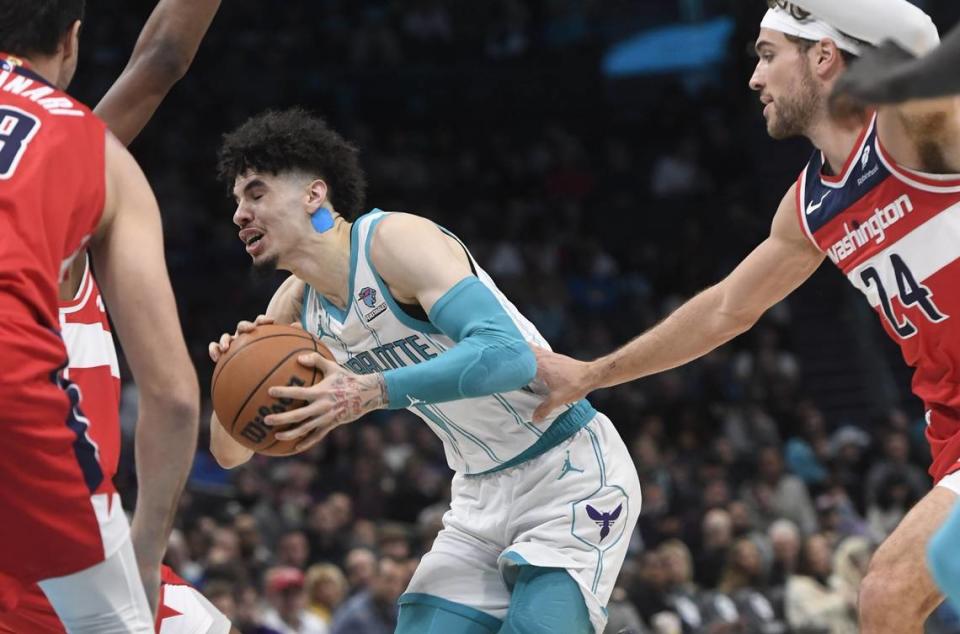
In an unfortunate turn of events, LaMelo Ball, the Charlotte Hornets’ rising star and one of the league’s most exciting young players, suffered a calf injury during Friday’s game against the Detroit Pistons.
The injury occurred in the first quarter when Ball slipped and fell awkwardly while driving to the basket. He immediately grabbed his left calf and was helped off the court. Subsequent examinations revealed a Grade 2 calf strain, which is expected to sideline him for several weeks.
The injury is a significant blow to the Hornets, who are currently in a tight race for a playoff spot in the Eastern Conference. Ball, the team’s leading scorer and playmaker, will be sorely missed on the court.
It’s also a disappointment for the NBA and its fans, as Ball’s dazzling play and infectious energy have made him one of the league’s most popular and marketable players.
The calf injury raises several important questions and perspectives:
Ball’s injury highlights the importance of player health and injury prevention. Basketball is a physically demanding sport, and even the most talented players are susceptible to injuries.
There is no clear consensus on how to prevent calf injuries, but some experts believe that proper conditioning, adequate rest, and hydration can reduce the risk.
Ball’s injury comes at a time when there is growing debate about load management in basketball. Some argue that teams should rest their star players more often to prevent injuries and prolong their careers.
While load management can be beneficial, there is also a risk that it could compromise the competitive integrity of the game and reduce fan engagement.
Ball’s absence will be a major test for the Hornets, who are currently in the thick of the playoff race. Without their star point guard, the team will need to find other players to step up and fill the void.
If the Hornets can weather the storm and make the playoffs, it could be a valuable learning experience for Ball and the team as a whole.
According to a recent study published in the American Journal of Sports Medicine, calf strains are one of the most common injuries in basketball, accounting for approximately 15% of all injuries.
The study also found that calf strains are more common in younger players and that the risk of injury increases with playing time and intensity.
LaMelo Ball’s calf injury is a reminder of the fragility of professional sports. Even the most talented players are susceptible to injuries, and it is important for teams to balance the pursuit of success with the well-being of their players.
The Hornets will face a significant challenge in the coming weeks without Ball, but it could also be an opportunity for other players to step up and grow. The team’s ability to navigate this adversity will be a test of their resilience and determination.
The injury also raises important questions about load management and the future of basketball. While there is no easy answer, it is a discussion that must continue as the league looks for ways to protect its players and maintain the integrity of the game.
